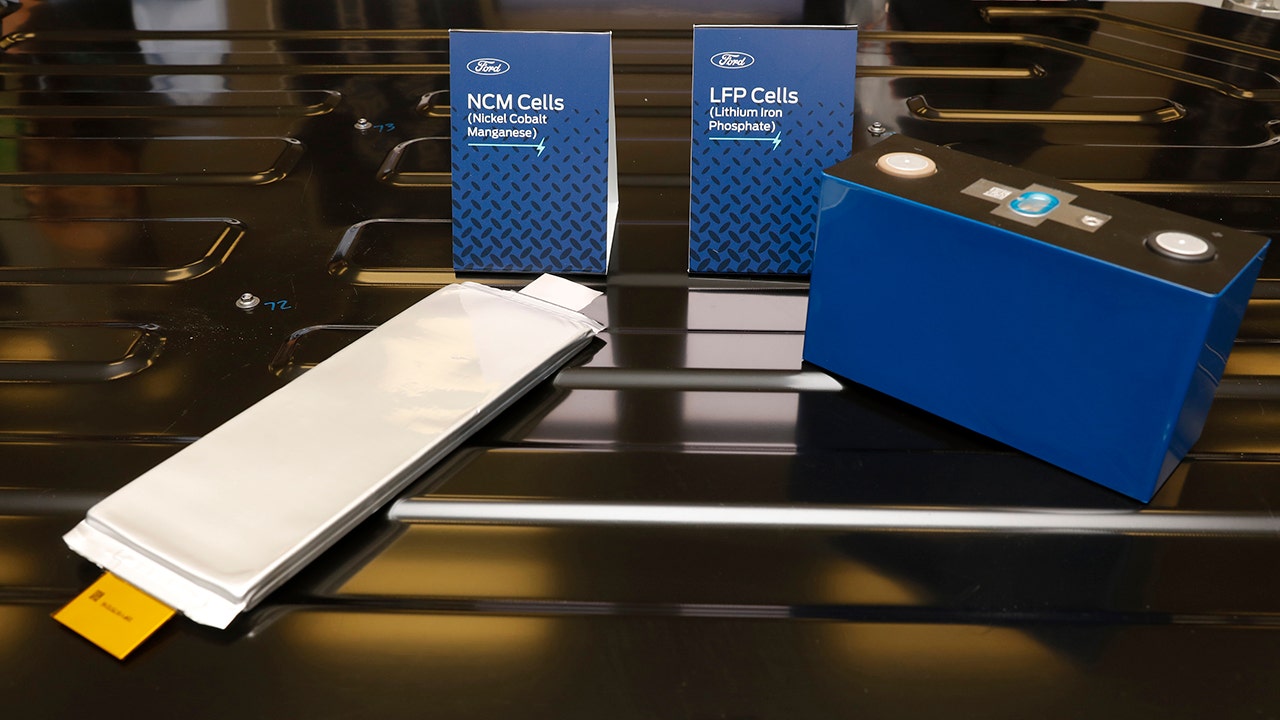
Ford announces $3.5B Michigan LFP battery factory with China’s CATL in 2026
Ford today announced a significant move to LFP batteries for its electric vehicle line. The Dearborn company is tapping China’s...
 electrek.co
electrek.co

 electrek.co
electrek.co
Yeah it’s not a good look for Ford but reality is decoupling is a fantasy.Please understand that this is not meant to be political...but I would be leary of partnering with China right now.
That should not matter. The US patent office is open to our global trading partners. Considering that they steal everything as a normal course of business, I think I'll go into the business of sodium batteries.You can’t buy LFP batteries made in the states. The Chinese are already making Sodium batteries that don’t use lithium and hold the global patent.
A Chinese patent?You can’t buy LFP batteries made in the states. The Chinese are already making Sodium batteries that don’t use lithium and hold the global patent.
I believe, at least the way I read it in the link above is that they already are buying batteries from them but in 2026 they will no longer be as they will be licensing the technology and patents from the Chinese company and building in Fords own factory.Please understand that this is not meant to be political...but I would be leary of partnering with China right now.

Me either. Not enough energy density or cold weather performance to keep Americans happy.I cant see this working out very well for Ford.
Why?I cant see this working out very well for Ford.
LFP batteries have some advantages, some can do 2000 cycles with no loss of capacity. They are far less likely to burn catastrophically and they are cheaper.Why?
Oops I see others answered. It’s the battery composition?
Me either. I think it will be bad move in fact.I cant see this working out very well for Ford.
